Here are the basic steps to get started with your Search Engine Marketing Analysis:
Look for the obvious gains; hint: it’s somewhere in site traffic and conversions
As we run our analysis and have our discussion with you, we will look for obvious issues and use these to frame up the first iteration of your strategy. There is no value in being esoteric or theoretical – nor is it best to start with a voluminous strategy document. Yes, having an overall sense of strategy and understanding how individual pieces will stitch together is essential, but the action is to pick on the obvious holes in the dam and start fixing them – now.
I like rapid iteration in this area where we don’t try to do everything all at once: Iteration 1 might be a simplifying web pages and creating an initial conversion funnel. Iteration 2 might be a set of dedicated landing pages based on the learning from Iteration 1, Just get going – that’s step 1!
Keywords: focus on QUALITY over QUANTITY
Once the obvious areas for improvement are established, keywords are invariably next. What is putting traffic onto this page, what keywords do we actually want, what do we not want. For me, this is about being as specific as possible without expecting the improbable and means hours of grinding through long-tail searches, finding the exact negative keywords that improve results remarkably, investigating competitors and seeing what google brings us when we start looking. The golden rule in SEM: the WORDS in the search signal INTENT and we use that intent to start creating ad groups and campaigns which align intent to content. This layer of activity requires us to be sleuths and intuit the way the user thinks and the intent of a user as they are entering certain types of search terms. In this way we can better determine the experience to give that user when they are on our site.
Content is King: Minimize and give people what they need
The content on your page does three things: 1) it gives people the information they need at the time they need it; 2) it improves your Google quality score; and, 3) it’s an integral part of your conversion strategy. All are critically important. The trick is to determine what minimal content is necessary to get the point across – here’s some examples:
- Video: Is it a mini-video showing the how actuators work? Or, is this a mini-video on how baseball actuator design has an impact on teaching players how to hit a curve ball.
- Call to action (“Offer”): is it a registration for white paper on actuators, a “contact sales” button, downloadable sales slick, or maybe a game to detect the curve ball?
- Sales Support: General quotes or endorsement on the page, product reviews, customer testimonials, warrantee terms, an industry/sports expert endorsement?
Also… the more content you put on a page, the less effective each individual piece of content becomes. It’s your job to curate the content for your prospect and give each person the minimal amount of information necessary, e.g., make them just curious enough to download the white paper rather than trying to be a replacement for your sales force.
Flow and Customer Experience: Look at the flow of the site between pages
Customer experience is a broader term which generally means “put yourself in the customer’s shoes.” It’s about asking yourself what that customer is being asked to do and determining if that thing is simple and reasonable for the person to do at that point in time. If we’re asking them to call a sales person… that prospect needs to be at a point in the buying decision where they want to and can talk to someone; anything short of this point means the conversion will not happen. Secondly, the experience might be happening across several pages: what is a person likely doing and why are they doing it? The more effective we are in putting ourselves in the customers’ shoes, the better we are at converting traffic into leads.
To learn more about search engine marketing, download MoreSALES’ Why Should an Executive Care About Search Engine Marketing? white paper.




Comments are closed.